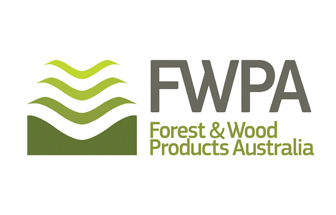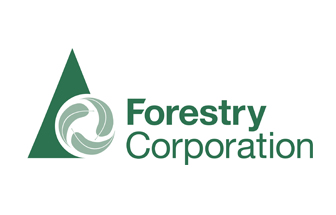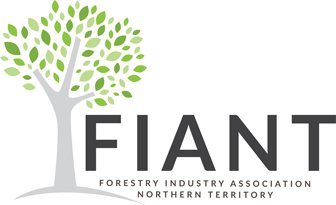PRICES CONTINUE UPWARD FOR SOFTWOOD IMPORTS
AS PIPLEINE OF BUILDING WORK APPEARS ENDLESS
EXPECT CONSTRUCTION COSTS TO INCREASE IN AUSTRALIA’S HOUSING BOOM, SAYS FWPA REPORT
As expected in a housing boom, imports of mouldings, decking and related products have surged across several grades in the last two years.
AS demand runs rife and the pipeline of building work seems endless, imports of sawn softwood lifted 36.6% to reach 630,278 cub m over the year-ended November 2021.
The FWPA’s statistic count newsletter circulated this week shows supply of all the major grades to Australia – mainly from European producers – lifted at a time when they have been at their most needed in history.
The ramping down at the end of the prior boom and bottoming in May 2020, annualised imports commenced a slow, but steady program of increases that is continuing as the pipeline of work continues to expand.
As expected in a housing boom, imports of mouldings, decking and related products have surged across several grades in the last two years. Coniferous moulding imports are up a solid but unremarkable 7.6% year-ended November, while broadleaved hardwood tongue and groove lifted 145.2%. There is, however, some churn in hardwood market definitions that warrants consideration.
In total, imports of mouldings lifted 9.8% over the year-ended November, totalling 347,822 cub m. Of that total, coniferous mouldings accounted for 201,869 cub m, up 9.3% and driving the total to these new heights. The significant supplier – around 58% of the total – remains China.
The FWPA report shows tropical hardwood tongue and groove grades have fared quite differently over the last year. Imports declined 18.2% year-ended November, totalling 75,604 cub m, down around 17,000 cub m on the prior year.
Shipments from the main supplier Indonesia fell 21.2% over the year, slipping back 17,000 cub m to total 63,079 cub m. It is clear that shipments from Indonesia account for all this grade’s import decline over the last year.
This micro-saga does not end here however.
Imports of the very similar broad-leaved hardwood tongue and groove grade rose 145.2% over the same period, lifting to 51,158 cub m. Shipments from the main supplier Indonesia lifted more than 360% to 27,179 cub m, up around 21,000 cub m on the prior year.
FWPA’s surmise is that some reclassification of imports (and probably it is an inadvertent misclassification) from Indonesia has occurred, with the total volume of tropical and broadleaved tongue and groove lifting from around 113,000 cub to about 127,000 cub m over the year.
Australia’s exports of softwood chips lifted 84.7% over the year-ended November, totalling 1.011 million bone dried metric tonnes (bdmt), while the mainstay hardwood chips saw annual exports up 9.1% to 4.258 million bdmt.
Meanwhile, the price of locally-produced sawn softwood products continued to rise in the December quarter, reflecting the ongoing tight market conditions, says the FWPA report.
The key structural product MGP10 <120mm saw east coast prices up 6.7% on the prior quarter and 35.2% compared with the December quarter in 2020. For treated MGP10 <120mm, east coast prices lifted 10.5% on the prior quarter and 37% compared with the same quarter in 2020.
Other products significant to the local market experienced similar price movements.
Reflecting the strong market conditions evident since the June quarter of 2020, weighted average prices have been increasing steadily, which stands in direct contrast to other major markets, especially the North American market, where similar demand conditions have been met with extraordinary peaks and troughs.
It’s not entirely clear why these two relatively open markets have arrived at the same end point – higher prices, via different means. A factor may be the market structure in North America where shorter-term arrangements with greater reliance on the spot sales is the norm compared to the generally longer-term supply arrangements in Australia.
For all that, timber is not the only product exhibiting what are very large price increases. Recent analysis reported in the Australian Financial Review shows all states can expect construction costs to increase by a greater amount than they increased in 2021.
The FWPA report says this no surprise, and for the timber supply chain, it might suggest that stable though they may be, further price increases can be anticipated.











